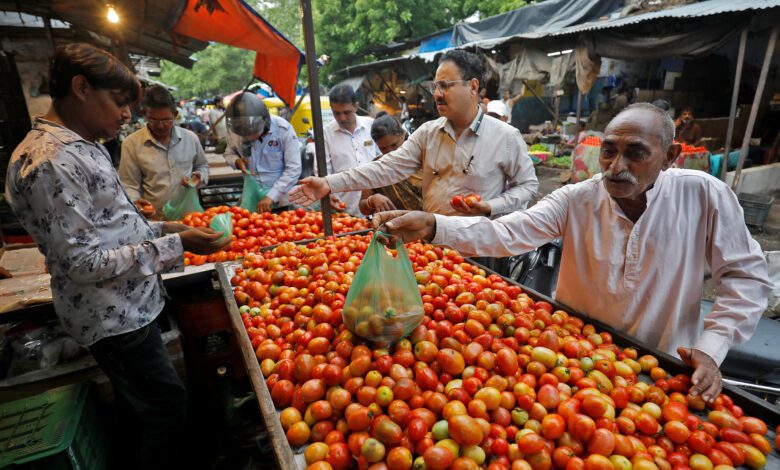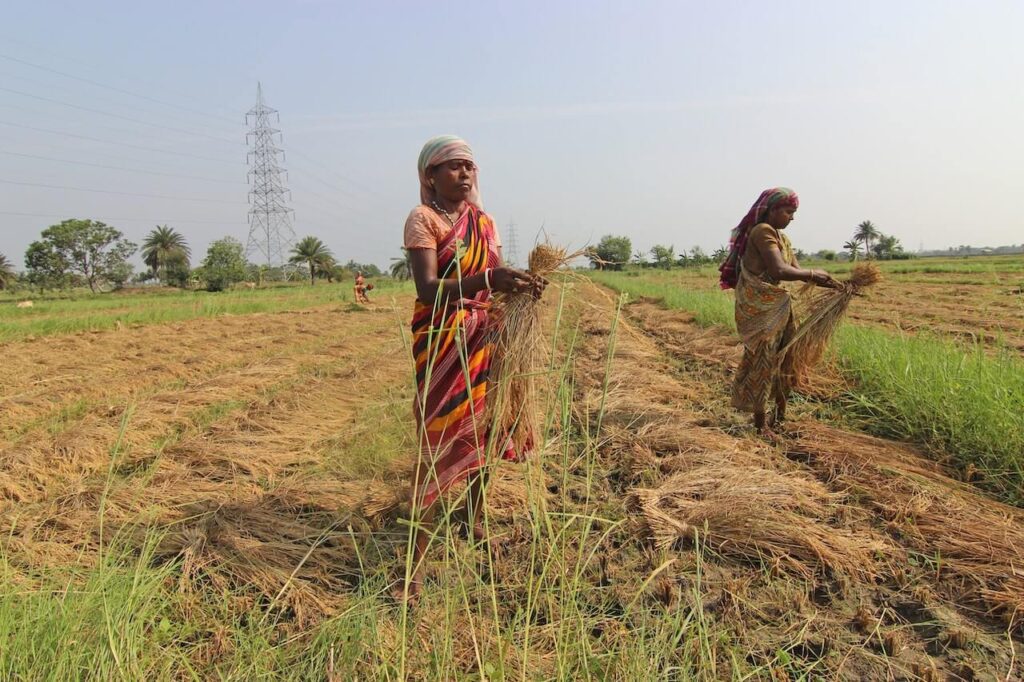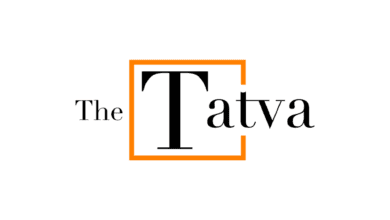Finance ministry predicts stabilised food prices amidst ongoing inflationary pressures: What it means for the economy
Here's a key stat: about half of the Consumer Price Index (CPI) is driven by food. The main factors are cereals (12.7%), followed by eggs, milk, pulses, and spices. Even basics and personal care products, plus education and health, show an inflation rate above 5%. This pattern has important consequences.

The Indian Finance Ministry has issued a statement acknowledging the persistence of inflationary pressures in India, but suggested that the recent surge in food prices might be a passing phase.
The ministry has traced the latest spike in headline inflation to global uncertainties. These uncertainties stem from the discontinuation of the Black Sea Grain Initiative, which has caused disruptions in the supply of wheat and edible oils. Additionally, issues related to domestic farm output have also contributed to the situation.
Food inflation, as per the Ministry, is currently at 11.5 percent, making it the third highest since the inception of the current Consumer Price Index (CPI) series in 2014. The global disruptions have resulted in a noticeable increase in retail inflation, which reached a 15-month high of 7.44 percent in July. On the other hand, core inflation, which excludes the cost of gasoline and food, stands at a 39-month low of 4.9 percent.
Stressing the importance of macroeconomic stability, the ministry warned that the present level of inflationary pressures might persist in the near future due to domestic and global disruptions. This suggests that the government and the central bank need to remain vigilant.

As quoted by The Hindu, the Finance Ministry revealed in its July economic review that “Cereals, pulses, and vegetables have exhibited double-digit growth… [however] only 48 percent of food items have inflation of above 6 percent, and this includes 14 food items with inflation in double digits. Items like tomatoes, green chillies, ginger, and garlic have experienced inflation of more than 50 percent.”
The review points out that the substantial food inflation last month was driven by these unusual price surges in select commodities. However, the ministry anticipates this to be a temporary phenomenon.
The review suggested that “The prices of tomatoes are expected to drop with the arrival of fresh stocks by the end of August or early September. Moreover, increased imports of tur dal are likely to moderate the inflation in pulses.” This, along with other government initiatives, is expected to help stabilize high food prices in the coming months.
Please, also have a look into : Ultra-processed food can double the risk of death due to cardiovascular disease



